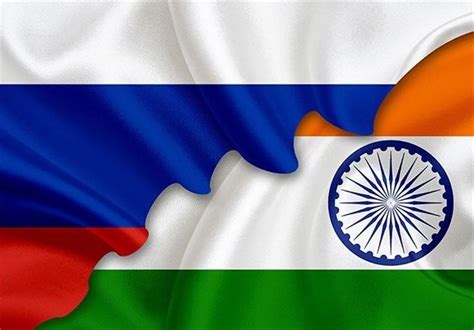In turn, India, which became the largest importer of oil from Russia, demanded settlements in its own currency, which nearly derailed trade relations between the countries.
The volume of Russia’s imports from India is very small, unlike Russian exports, which are mainly oil supplies.
And there is nowhere else to spend the rupees received for oil but on Indian imports.
Since the beginning of the year, India owes Russia about $40 billion for oil and other goods, the agency’s sources in Russian banking circles said, although they later added that the amount now is much less.
In mid-August, two Russian oil companies even threatened to deploy more than a dozen oil tankers from India to alternative buyers, Reuters sources said.
At that time, the issue was temporarily solved with settlements in Chinese yuan and UAE dirhams, and Hong Kong dollars were also used as a transition currency to the yuan.
Rupees converted through Hong Kong dollars into yuan does not please India very much, as it supports the currency of a neighboring competitor.
UAE dirham settlements have also run into difficulties: at least two banks in the UAE have introduced declarations for customers to comply with the “cap” on oil from Russia, as the Emirates were demanded to do so by the US.
Russia, on its part, benefits from receiving payment in yuan, as the volume of trade with China is huge.
So, according to Reuters, most private Indian refineries pay in yuan for lack of any other alternative.

